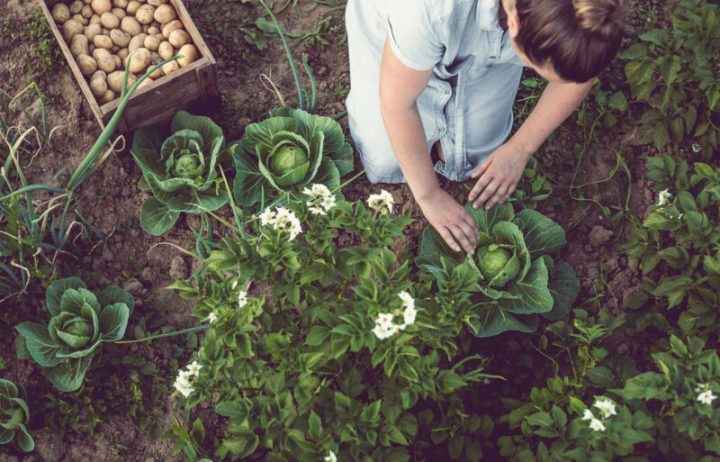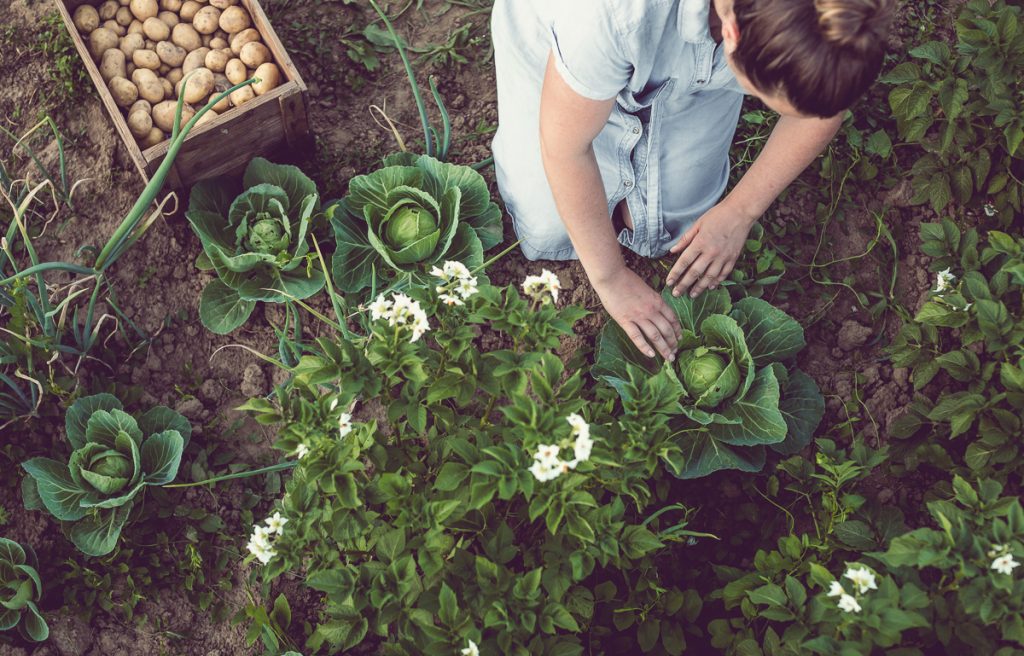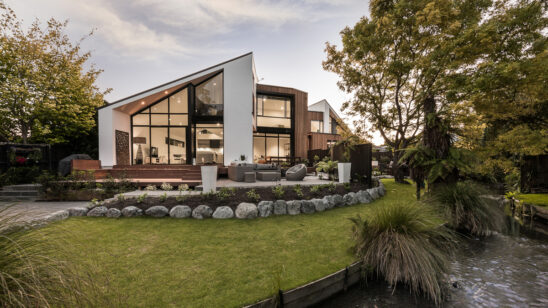
The annual bout of spring fever: Terra Viva
It happens every year without fail! Looking out at the dismal garden on a grey July day I often wonder if we’ll summon the enthusiasm to ‘attack’ the garden once again. But sure enough, by mid-August we’re suddenly buzzing around like worker bees, dreaming of summer vegetables and flowering colour everywhere

So how do we harness this ‘infectious enthusiasm’ to transform the dormant winter garden into a thing of beauty – and a source of nutritious deliciousness? Take a stroll round the garden, make a list of what needs doing, stick it on the fridge and tick the completed jobs – very satisfying! The Constant Gardener at home is always the first to catch ‘Spring Fever’, even before the weather warms. Already she’s created two new raised strawberry beds; strawberries love moist but well-drained soil however, the traditional ‘mounded’ rows can result in uneven watering.
Luckily, we love brussel sprouts – we’ve certainly eaten truckloads lately. “We have to finish them,” said The Constant Gardener, “I need the space for the blueberries”.
The key is eating them small, cut into quarters, cooked with olive oil, bacon and hazel nuts, and with a fried egg on top – the combo makes for a winning brunch dish. “The answer lies in the soil,” was the catchline in an old radio programme, and it still holds true. Preparation is everything, particularly for vegetables, so dig the soil over to a spade depth and mix in sheep pellets, compost, and Real Blood & Bone (double the strength of the regular product). During the season, use a side dressing of a general plant food like Nitrophoska Blue.
“Grow what you eat!” is a good guide for planting – no point in growing varieties you don’t like. Potatoes can be sprouted now; broccoli is easy and quick; lettuces handle cooler conditions; beetroot is happy from September on; spinach and silverbeet are reliable standbys; peas thrive in spring, and pak choi prefers the moderate temperatures of spring and autumn. All herbs can be planted now but keep basil and tomatoes in a warm sheltered spot like a glasshouse or the kitchen windowsill. Dividing the vege garden into a few smaller beds (raised is great) rather than one big area makes access much easier and less challenging to maintain.
Roses are often the most popular plant in the flower garden and rightly so with their six months of colour, their scent, and their long vase life. The key to success with roses is water, plus regular feeding, plus a good spray regime. Summer annuals are the best way to reinforce garden colour schemes and the choice is huge with petunias, lobelia, impatiens and antirrhinums in a huge range of colours.
Summer’s coming, so grow your own sanctuary!



